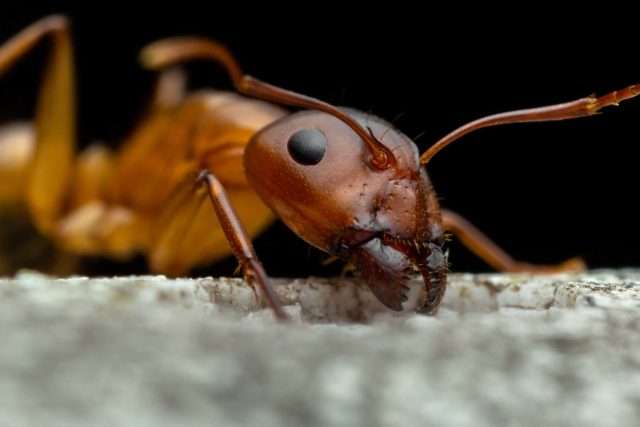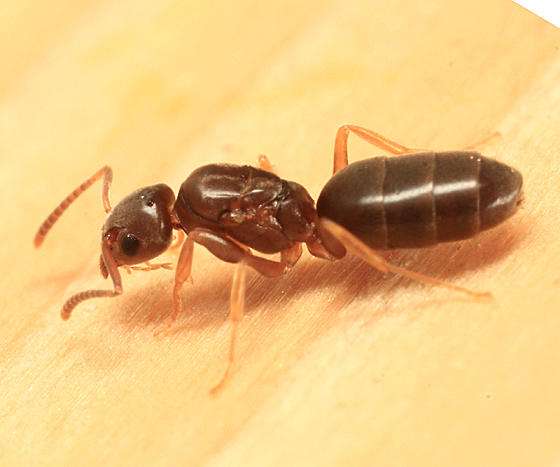
The Argentine ant is a species of ant that is indigenous to northern Argentina, Uruguay, Paraguay, Bolivia, and southern Brazil. It was previously known as Iridomyrmex humilis.
Description
The worker ants can fit through fractures and openings as tiny as 1 millimeters (0.04 in) in size and are 1.6-2.8 millimeters (0.06-0.11 in) long. Queens are much smaller than other ant species, measuring about 4.2–6.4 millimeters (0.17–0.25 in) in length. These ants will establish colonies under the ground, in crevices in concrete walls, between boards and timbers, and even amid the possessions in homes for people. Due to their limited capacity to dig deeper nests, they typically build shallow nests in natural settings, either behind small stones or in loose-leaf litter. However, Argentine ant colonies will quickly take up the space if a species of ant that nests deeper abandons its nest.

Prevention and control of Argentine ants
There are several strategies to keep Argentine ants out of your house and property. They are drawn to wetness and food, like other pests. Empty flower pots, birdbaths, grill covers, and kiddie pools around the yard to get rid of any standing water that could attract Argentine ants. Additionally, make sure to clean up food spills right away, store food in firmly sealed containers, and frequently remove garbage. In order to prevent Argentine ants from entering your property, you should trim any tree branches and other plants that may be touching the building.
It is crucial to thoroughly inspect your home for these vulnerabilities and make sure they are reinforced and sealed because they will also enter through cracks or tiny openings near the property’s foundation. Last but not least, keep yard garbage regularly removed and firewood and building materials stored at least 20 feet away from the home, as they can make excellent Argentine ant nesting sites.
Because they can readily multiply, Argentine ants are tough and frequently recover after being destroyed. When you suspect Argentine ants have taken over your home or property, it’s crucial to call a pest control expert.
Impact
One of the top 100 most invasive animal species in the world is the ant. The Argentine ant frequently displaces most or all native ants in its imported habitat, and it can pose a threat to native invertebrates and even tiny vertebrates that are not accustomed to fending off the aggressive ants. This could endanger other species in the ecosystem, such native plants that depend on native ants to disperse their seeds or local lizards that eat native ants or other invertebrates. For instance, the Argentine ant invasion is directly responsible for the native ant species that the coastal horned lizards in southern California depend on being displaced.
The protection of these plant pests from predators and parasitoids by Argentine ants can lead to issues in agricultural areas
Habitat
Argentine ant colonies are often located in damp areas near a food source. Outdoors, they normally build tiny nests in wet spots such as under boards or stones, beneath plants or along pavements.
Diet
Argentine ants will consume almost anything, including vomit, dung, human sputum, dead animals (including insects), many types of food for humans and animals, and insects. The honeydew generated by insects including aphids, mealybugs, scales, and whiteflies is a favored food of this ant.
Table





